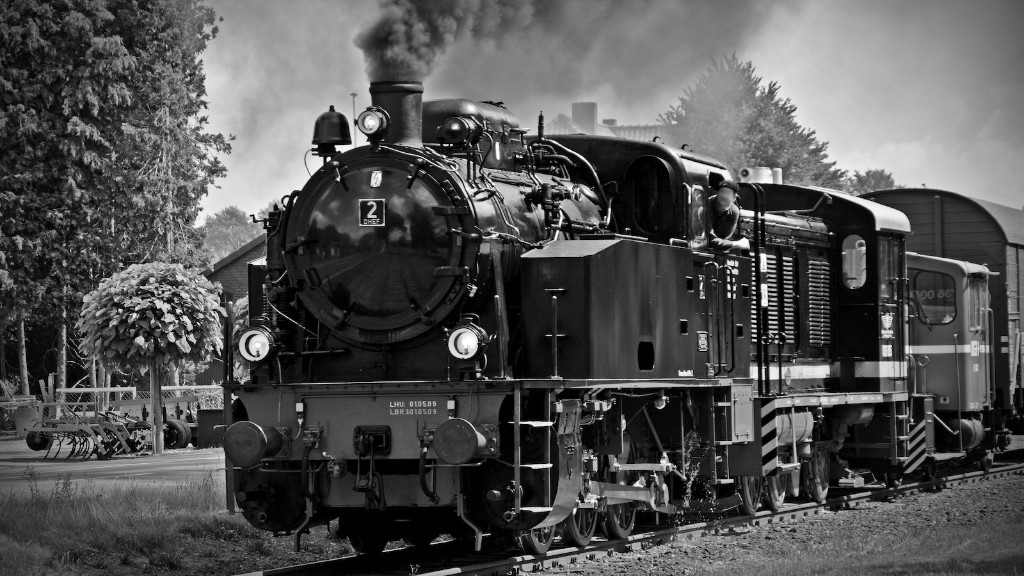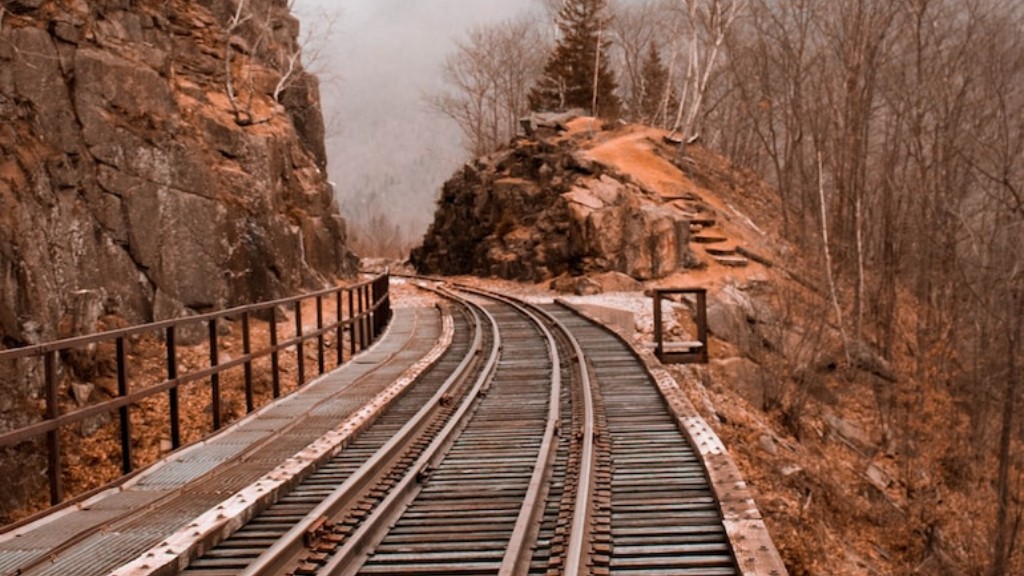What is the Closest Train Station in Forest Hills?
Forest Hills is a vibrant neighborhood located in the borough of Queens, New York City. With its tree-lined streets, beautiful residential homes, and bustling commercial areas, it is a popular destination for both residents and visitors. One of the key factors contributing to its appeal is its accessibility through public transportation. Whether you’re a daily commuter or a tourist exploring the area, knowing the closest train station in Forest Hills is essential.
The closest train station to Forest Hills is the Forest Hills-71 Avenue subway station. It is part of the New York City Subway system and is served by the E, F, M, and R trains. Situated at the intersection of 71st Avenue and Continental Avenue, this station provides convenient access to and from Forest Hills.
The Forest Hills-71 Avenue subway station offers various connections that make traveling in and out of the neighborhood a breeze. The E and F trains provide direct access to Manhattan, with stops in Midtown and Downtown areas. The M and R trains, on the other hand, allow commuters to reach different parts of Queens and Brooklyn, making it easy to explore other neighborhoods.
To further enhance accessibility and convenience, the Forest Hills-71 Avenue subway station is equipped with amenities such as elevators and escalators, making it accessible for people with disabilities or those carrying heavy luggage. The station also has ticket machines, turnstiles, and MetroCard vending machines, making it easy for passengers to purchase and refill their fare cards.
According to transportation experts, the Forest Hills-71 Avenue subway station is strategically located to serve the transportation needs of the Forest Hills community. The station’s proximity to major roadways, bus stops, and popular destinations like Forest Hills Stadium and Flushing Meadows-Corona Park make it an ideal gateway for commuters and visitors alike.
Furthermore, the Forest Hills-71 Avenue subway station is well-maintained and regularly monitored by the Metropolitan Transportation Authority (MTA). This ensures the safety and comfort of passengers using the station, which is of utmost importance for any transportation hub.
From a personal perspective, as a resident of Forest Hills, I find the proximity of the Forest Hills-71 Avenue subway station incredibly convenient. The easy access it provides to other parts of the city allows for a seamless commute. Whether it’s for work, leisure, or running errands, knowing that the train station is just a short walk away gives me peace of mind.
Other Nearby Train Stations
In addition to the Forest Hills-71 Avenue subway station, there are other train stations in the vicinity of Forest Hills:
1. Kew Gardens-Union Turnpike: Located just one subway stop away from Forest Hills-71 Avenue, this station is served by the E and F trains. It offers an alternative option for travelers in the area.
2. Forest Hills Stadium: While not a traditional train station, Forest Hills Stadium has its own LIRR station during event days. This station is only operational during concerts and special events held at the stadium.
3. Rego Park: Situated slightly west of Forest Hills, the Rego Park station is served by the M and R trains. It provides another transportation option for residents and visitors in the area.
4. Kew Gardens LIRR Station: Although it is not located within walking distance of Forest Hills, the Kew Gardens Long Island Rail Road (LIRR) station is accessible via a short bus ride or taxi. The LIRR offers frequent service to various parts of Long Island and connects to Penn Station in Manhattan.
Benefits of a Nearby Train Station
Having a close train station in Forest Hills offers numerous benefits:
- Convenience: The proximity of the station makes commuting more convenient, reducing travel time and providing an alternative to driving.
- Cost-Effective: Utilizing public transportation can be more cost-effective than driving, as it eliminates expenses like parking fees and fuel costs.
- Environmental Sustainability: By encouraging the use of public transportation, the community contributes to reducing its carbon footprint, helping to preserve the environment.
- Enhanced Mobility: Access to a nearby train station enhances mobility for residents, especially for those who do not own a car or prefer not to drive.
- Connectivity: The train station allows for easy access to other neighborhoods, attractions, and employment centers, providing opportunities for exploration and employment.
Future Improvements
Transportation authorities recognize the importance of maintaining and improving the Forest Hills train station and its surrounding infrastructure. In recent years, the MTA has invested in station enhancements and upgrades to improve the overall passenger experience.
Looking ahead, there are plans to further develop transportation options in Forest Hills. Proposed improvements include increasing train frequency, expanding accessibility features, and integrating technology to provide real-time updates and information to passengers.
In conclusion, the Forest Hills-71 Avenue subway station serves as the closest train station in Forest Hills, providing convenient access to and from the neighborhood. With its extensive subway connections, amenities, and strategic location, it plays a vital role in facilitating transportation for residents and visitors alike. The presence of a nearby train station offers numerous benefits, including convenience, cost-effectiveness, and enhanced mobility. As transportation authorities continue to invest in improvements, the future looks promising for the Forest Hills community.




